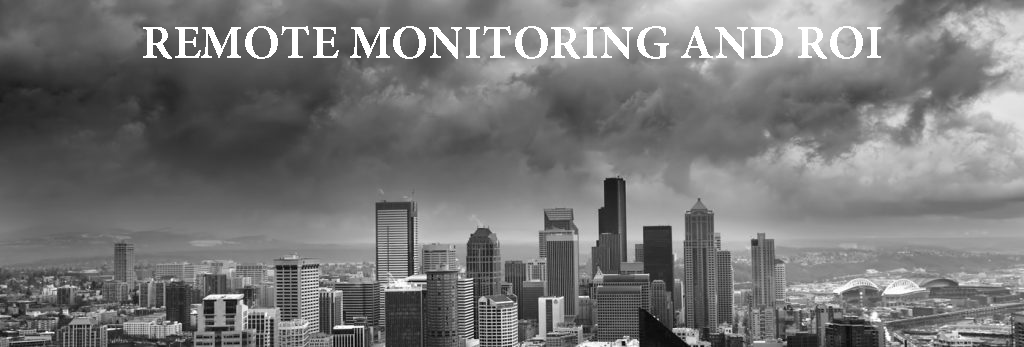Advance knowledge of threats to your machinery is invaluable. Because failure is not an option in many cases, remote monitors are often the only way to guarantee performance and meet regulations.
However, for those who are on the fence about remote monitoring due to budgetary concerns, let us help you break down the costs eliminated by remote monitoring so that you can compare them to the initial and long-term costs of the monitors.
Estimate travel time spent to physically travel to your equipment for checks and readings.
If you choose not to use remote monitors, this does not mean that you can simply look away from your machines. If you are checking pipelines or power generators periodically with a live technician, there are several costs. They can be calculated like this:
2 x (Hours spent driving one way to location * Technician’s hourly wage) = Labor cost
2 x (Hours spent driving one way to location * Cost of operating vehicle per hour) = Vehicle cost
Labor cost + Vehicle cost = Total cost per maintenance trip
This doesn’t even include the opportunity cost lost by having your technicians tied up with routine checks, or the overhead costs of having extra technicians to do the menial task of live inspections.
Leave out the small amount of time a technician would still spend observing readouts in the remote user interface.
Of course, don’t count trips that the technician would make to the site no matter what, such as physical repairs or maintenance. Only count the trips that involve reading above all, and could be replaced by remote monitoring.
Remember that meeting regulations and having your equipment running at all times is not quantifiable when risk of failure is not an option.
While fines and fees for failing to meet legal regulations can be counted, ceasing operations has compounding value.
The same goes for critical failures. Even though your team’s onsite readings replace remote monitoring in some ways, there is an important difference: remote monitors check readings at all times, not just once before they leave the location. Preventing a lapse in operations or a major loss of equipment, manpower, or product is difficult to quantify.
If you’d like to talk with a remote monitoring professional about the costs and benefits of remote monitoring, contact OmniMetrix.


